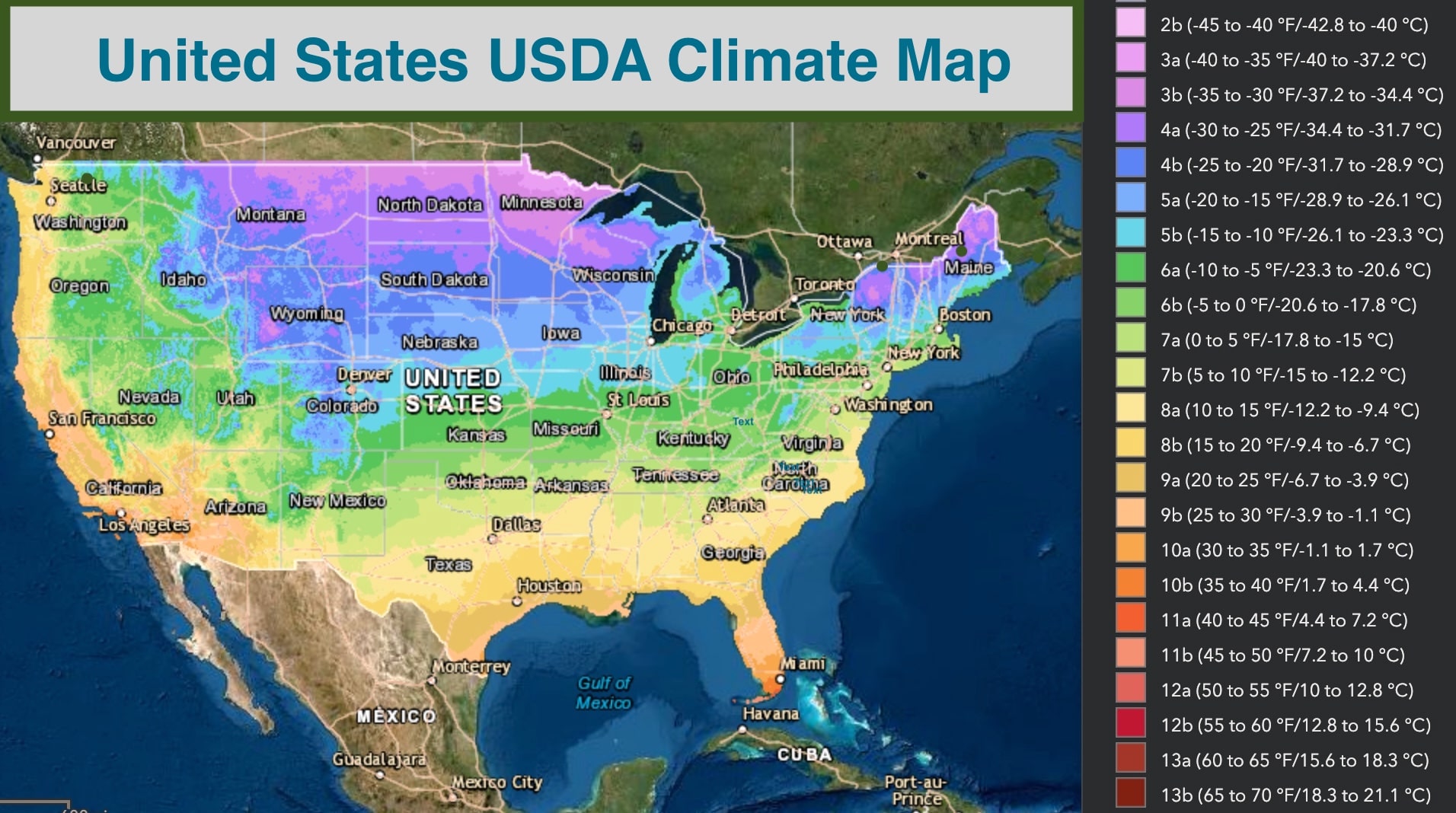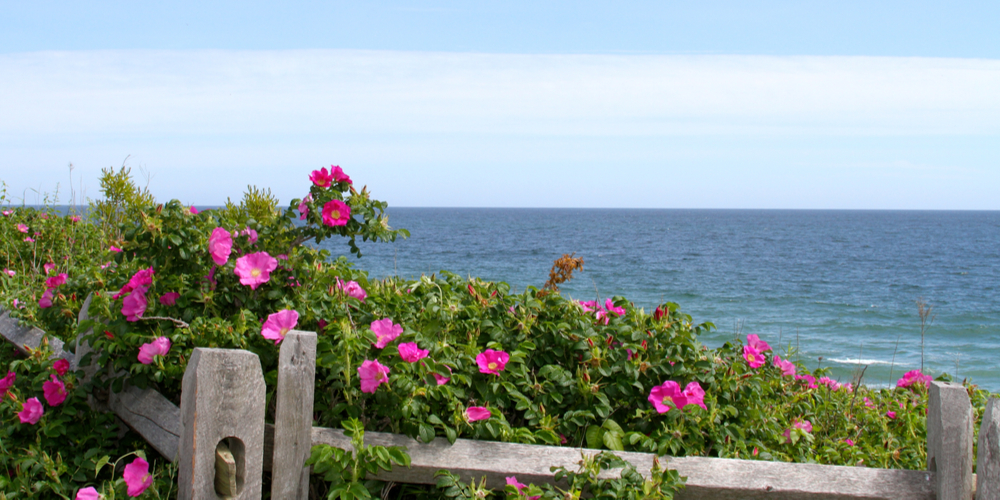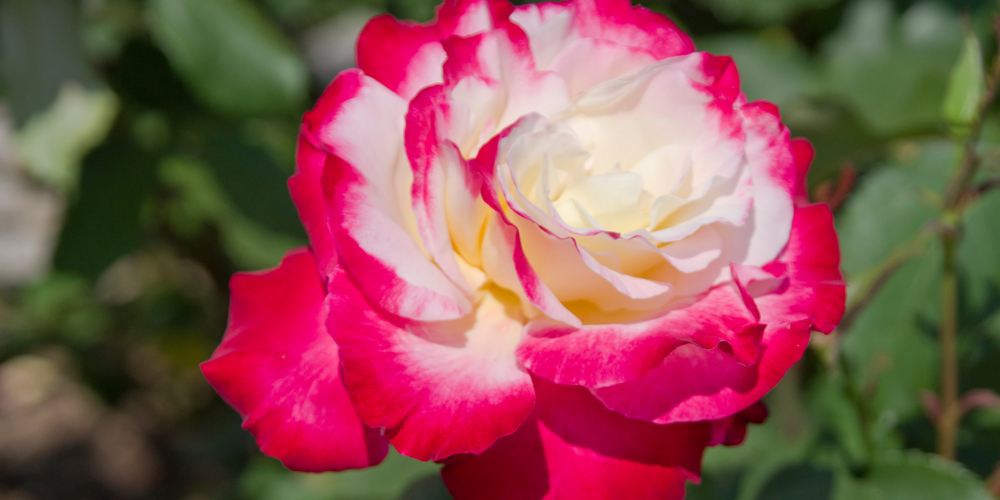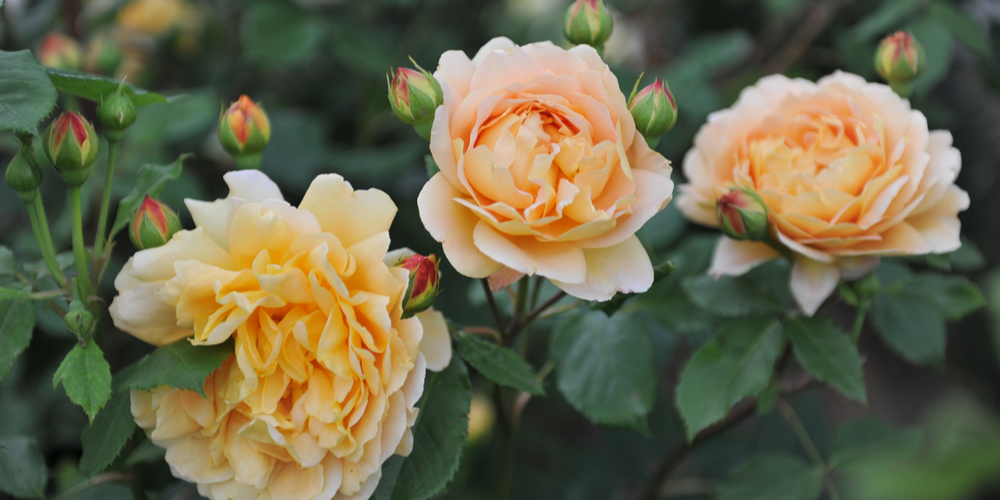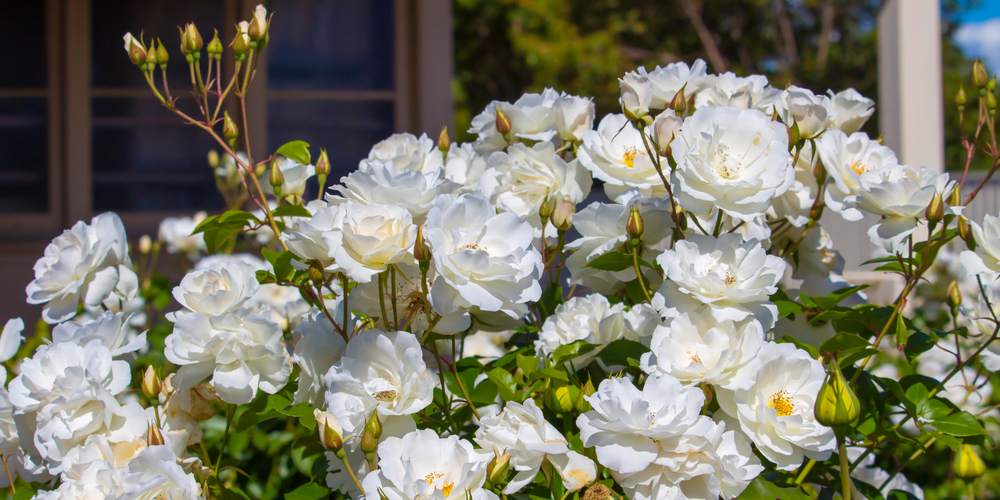Roses are red. Violets are blue. If you’re looking for roses zone 9, then this article is for you. Rose is everyone’s favorite flower. It is also every gardener’s dream to grow different kinds of roses in their garden.
Not only are they exceptionally beautiful, but they are also easy to grow and care for. They thrive in USDA zones 3-9, and with hundreds of rose cultivars, finding a rose plant that thrives in your area is not impossible. But is this also the case for those living in the southern region of the US? Can you grow roses in zone 9? Why don’t we find out?
Can roses survive in zone 9?
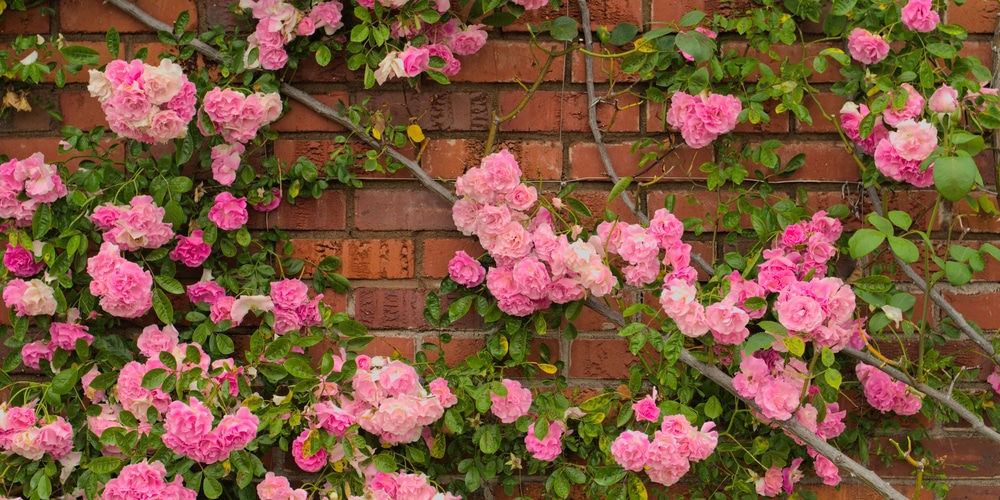
Before we answer that question, let’s first see what the weather is like in zone 9. The states of Florida, Georgia, South Carolina, Texas, Utah, California, Nevada, Oregon, and Hawaii all fall under the USDA hardiness zone 9. This means that the temperature in this zone can only go as low as 20 degrees F in the winter.
Zone 9 experiences mild temperatures in the winter, but when summer comes, temperatures can go as high as 80 degrees F. The climate in zone 9 is subtropical, which means hot and humid summers and cool to mild winters.
Given this climate, can you grow roses in zone 9? Definitely, yes! Roses are versatile and adaptable. There are hardy roses and heat-tolerant ones. There are roses that can tolerate poor soil, shade, and drought. There are old garden roses, wild roses, and modern roses.
You can also choose between climbing roses, hybrid tea roses, Grandiflora roses, Floribunda roses, polyantha roses, miniature roses, shrub roses, groundcover roses, alba roses, bourbon roses, English roses, and many more. With thousands of choices, for sure, you’ll be able to find a variety that will grow well in zone 9.
Perks of growing roses in zone 9
The most common gardening problem in zone 9 is the chill hours because winter is short in this region. But this isn’t a problem when you grow roses because most of them don’t require chill hours to break dormancy and bloom in spring. Roses bloom from spring through fall.
Lucky for you, who live in zone 9, because you get to witness the beautiful roses all year round. Yes! You’ve read that right! Perks of growing roses in zone 9 include larger flowers, intensely colored flowers, and flowers all year round.
Problems you’ll encounter when you grow roses in zone 9
Roses will survive in zone 9 when you plant the right variety. Plant roses that are heat-tolerant and pest-resistant. Regions in zone 9 have long, hot summers, and this is the time when you’ll really struggle to keep the roses thriving in your garden.
The first problem you’ll encounter is the hot sun. Roses need 6 to 8 hours of sunlight every day. Sunlight is all zone 9 has. However, the afternoon sun, especially in the summer, will cause drooping or yellowing leaves and wilting flowers. Water the rose in the summer and protect it from the afternoon sun.
Powdery mildew is a common problem in roses when temperatures are mild, humidity is high at night, and low during the day. Black spot is another problem you’ll encounter. This thrives during hot, humid summers and is spread by splashing rain or water. If you live in coastal areas, salt spray can also cause damage to your roses.
Roses that do well in zone 9
You can grow roses in zone 9 if you choose rose varieties that can resist or tolerate heat, diseases, and salt. If you choose the right variety, you can have colorful and beautiful roses in your garden all year round. To make the search easier for you, below are some rose varieties that do well in zone 9.
Rose variety that can tolerate salt spray
1. Beach roses
Beach roses, commonly known as Rosa Rugosa, are known for being able to tolerate salt. This variety is for those who live in coastal areas where salt spray threatens the beauty of the rose. Rosa rugosa is a deciduous shrub that can grow up to 8 feet tall and 6 feet wide. It blooms pink, red, lavender, and white roses usually from late spring to early summer. This rose variety can also handle light shade, drought, and high humidity.
Heat-tolerant roses
2. Double Delight
Double Delight is a hybrid tea rose that loves the heat of the sun. In fact, it requires full sun in order to thrive. When they are in cool, damp climates, they become at risk of mildew. When summer comes, this rose plant will give you flowers with a unique blend of red, cream, and pink. The flower measures up to 5 1/2 inches.
3. Golden Celebration
Not all roses are red. Roses can be yellow too, and if you want yellow roses that you can grow in zone 9, go for the Golden Celebration. The flowers of the Golden Celebration are dense with ruffled petals. The flowers smell fragrant as well, with a honey-sweet scent.
Disease-resistant rose
4. Iceberg
Do you want a rose as tough as the iceberg? Rosa ‘Iceberg’ is one rose that can resist diseases common to roses. The flowers of this rose variety are also as white as the iceberg. It can grow up to 4 feet tall as a shrub and up to 12 feet as a climber. This rose won’t melt under the heat of the sun but will even thrive, flower, and resist disease in full sun.
Growing Roses in USDA Hardiness Zone 9: Conclusion
It is not only possible to grow roses in zone 9, but in fact, this zone is one of the best places to grow roses. Roses are red, but they become intensely red in the southern region of the US. You just have to protect them from the scorching afternoon sun, especially in the summer.
Rose varieties that grow well in zone 9 include beach roses, double delight, golden celebration, and iceberg. Provide these flowers with their growth requirements and you’ll have abundant roses in your garden all year round.
You may also like: Ornamental Grasses that Grow well in the Shade
